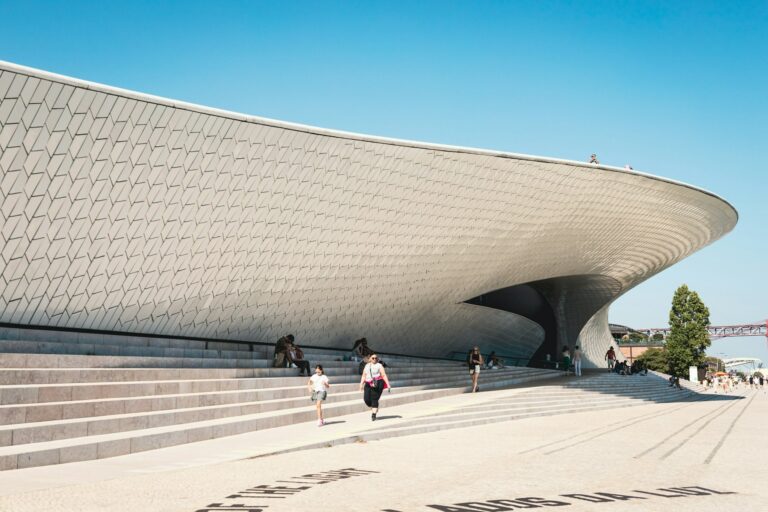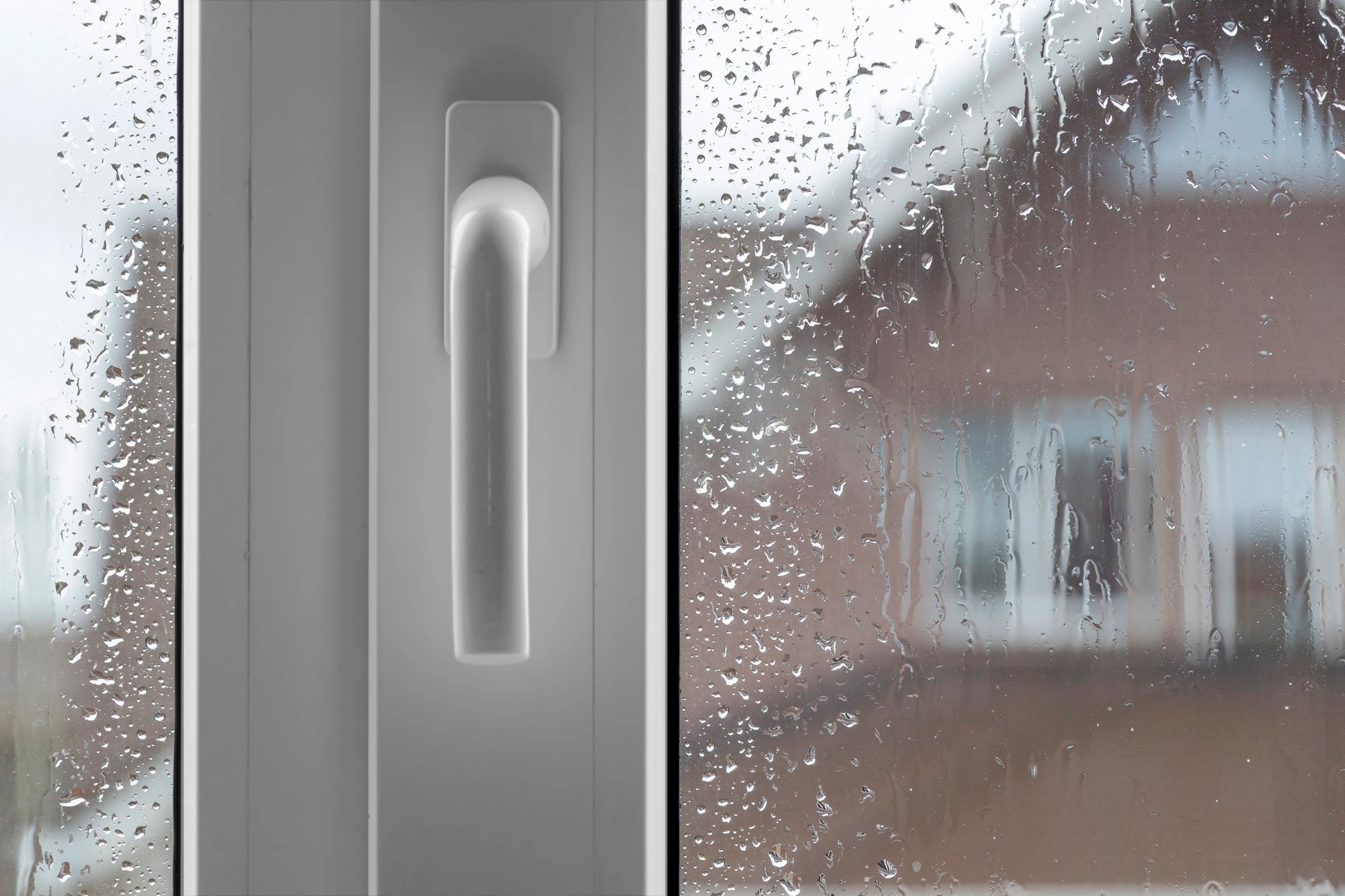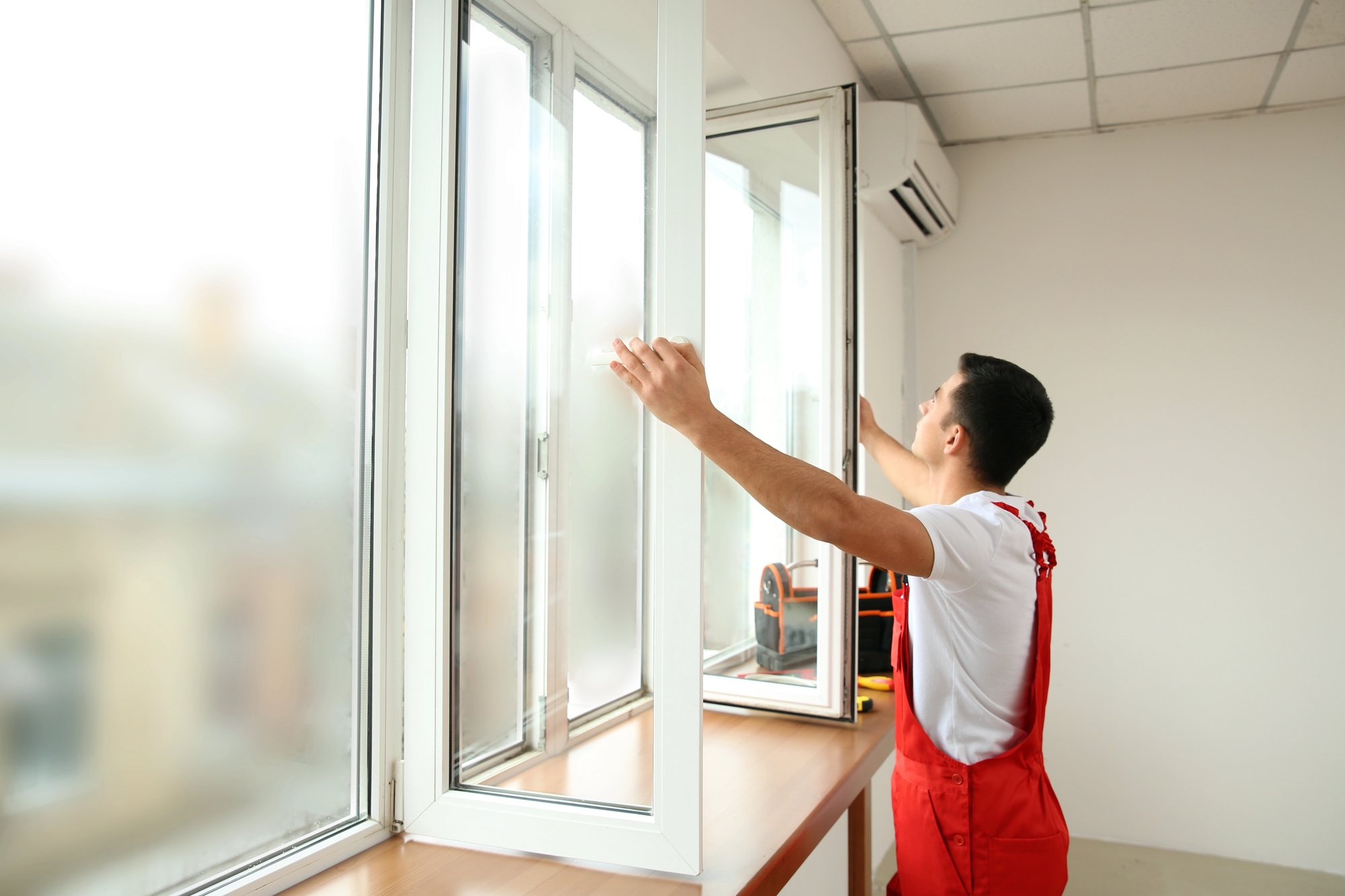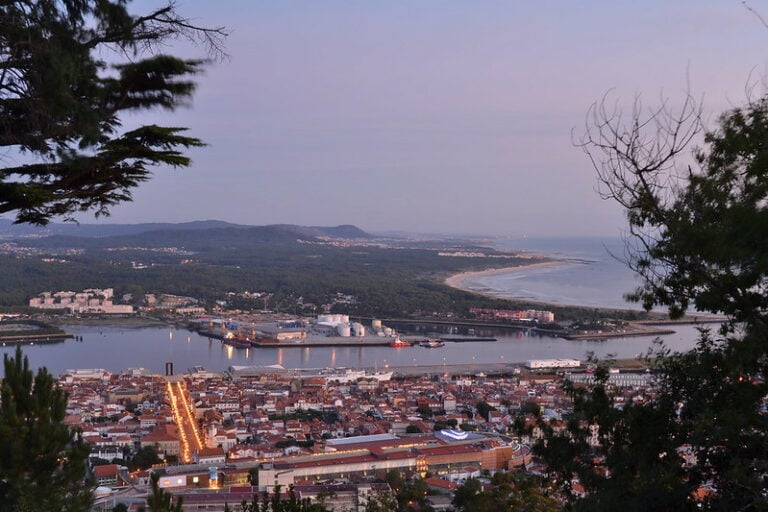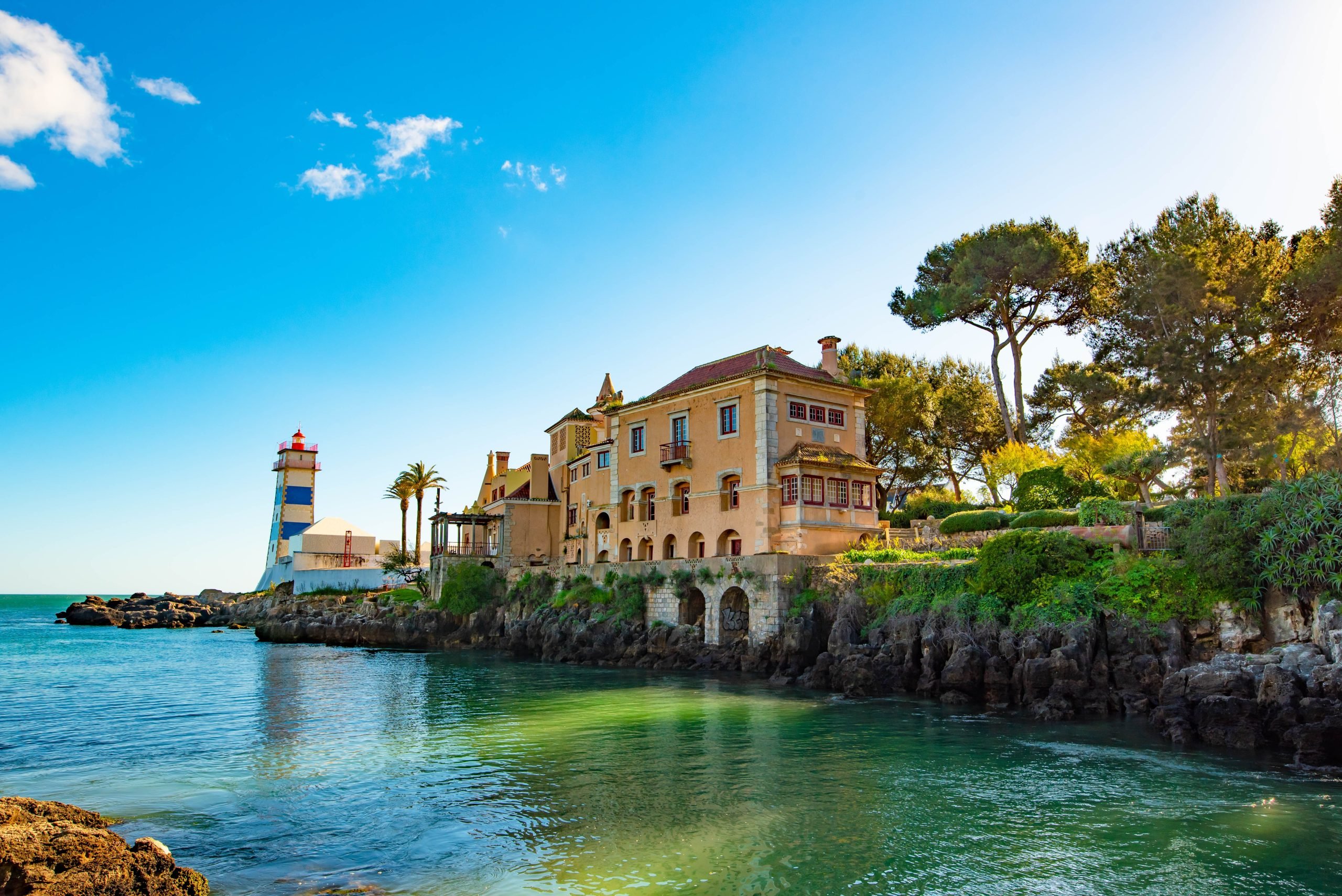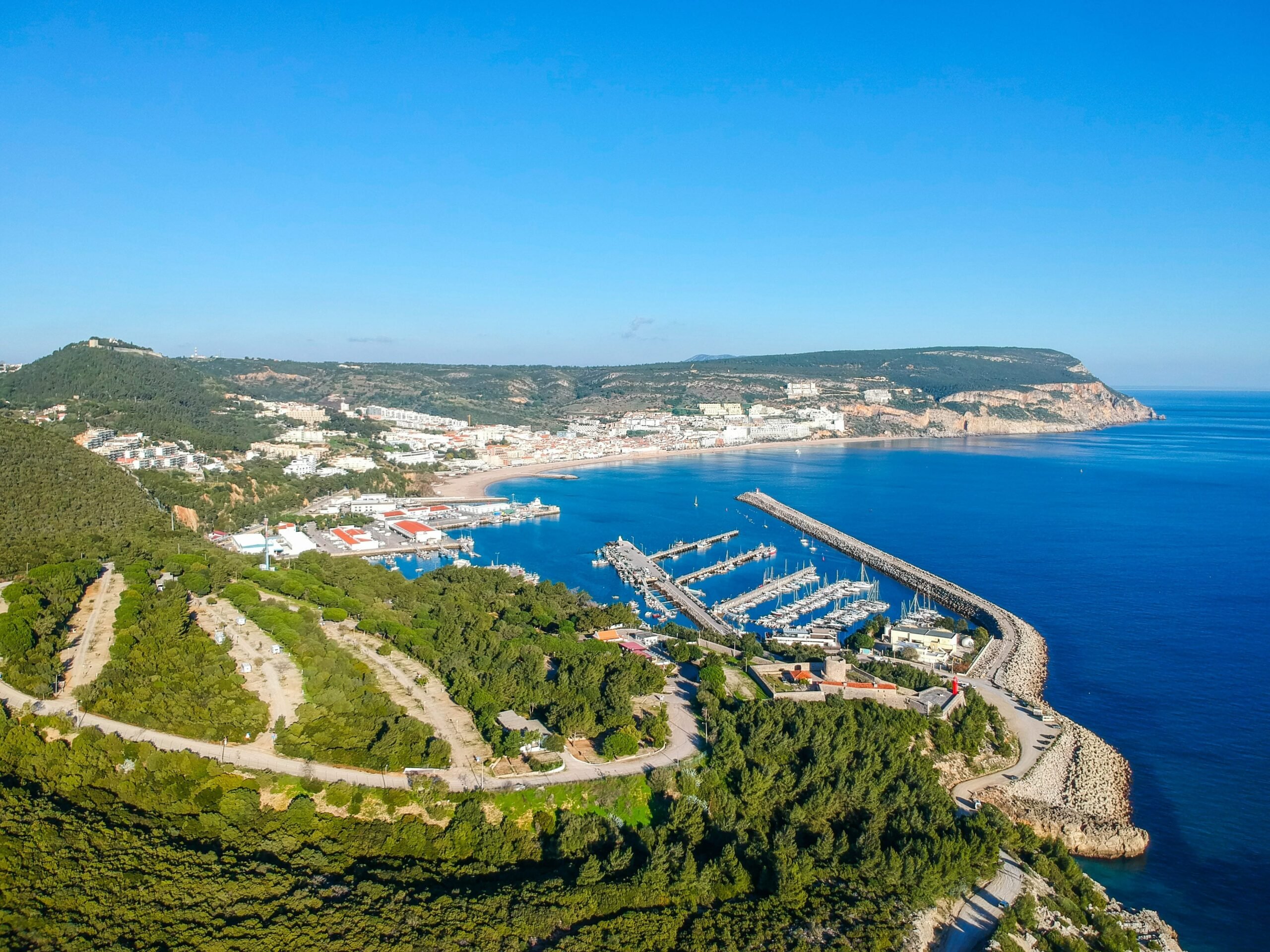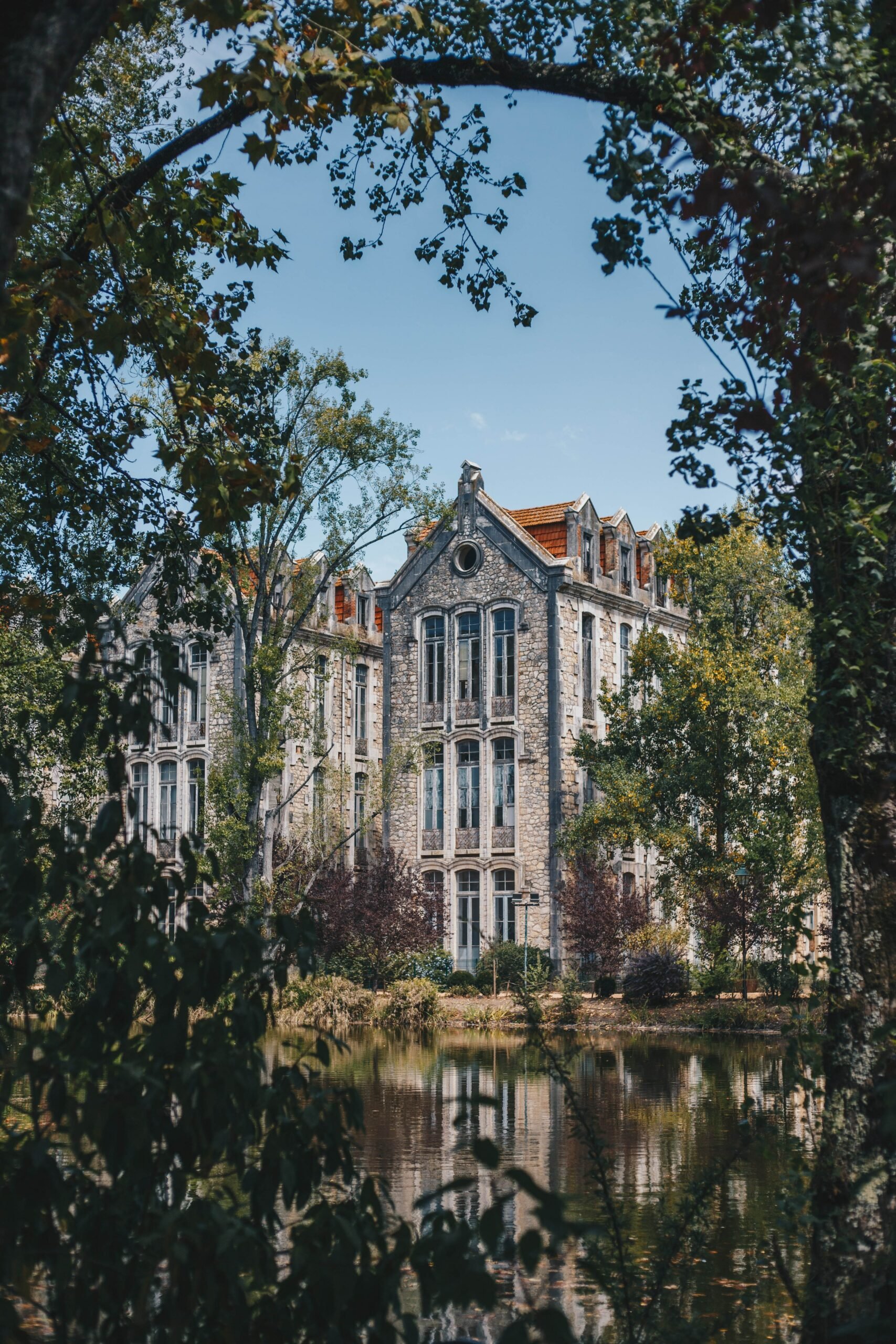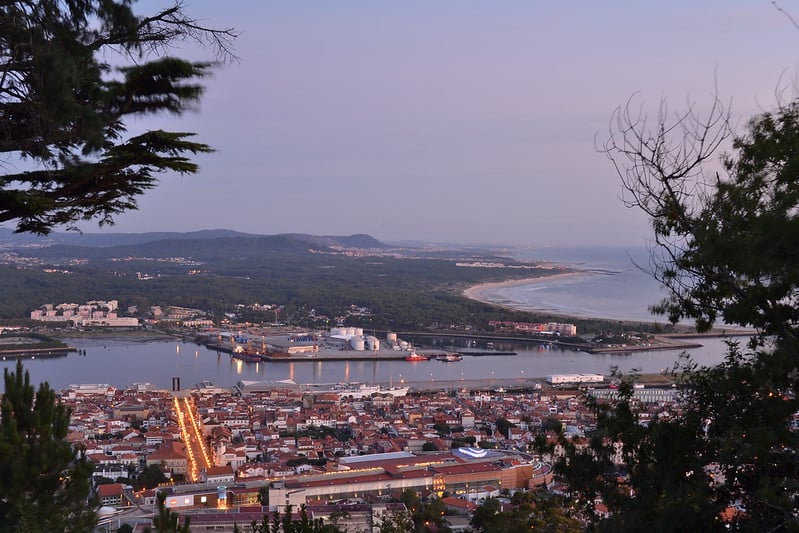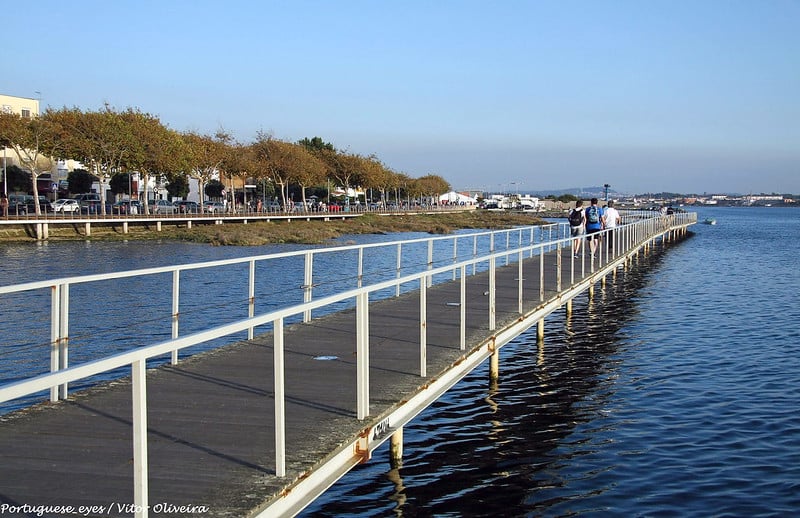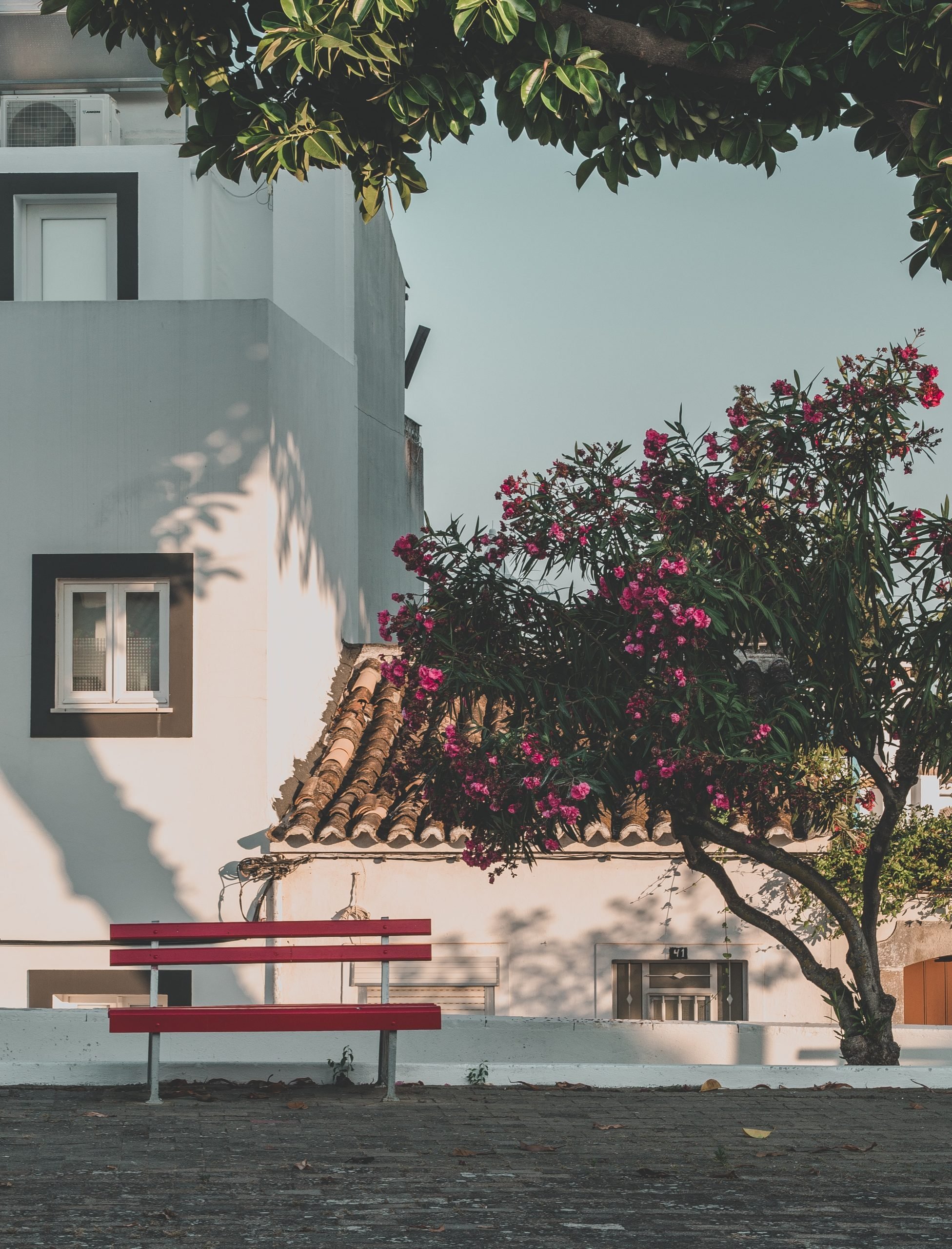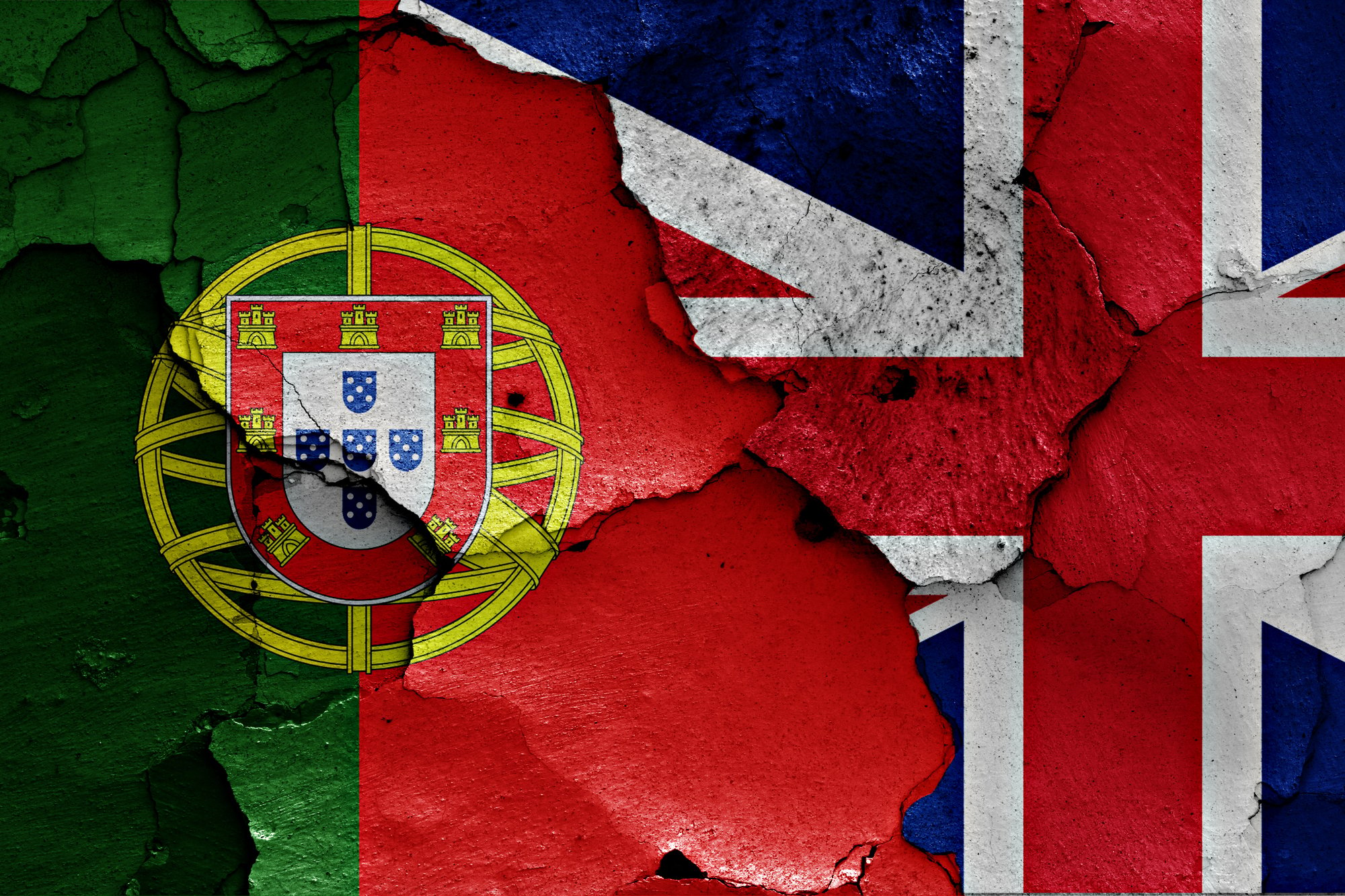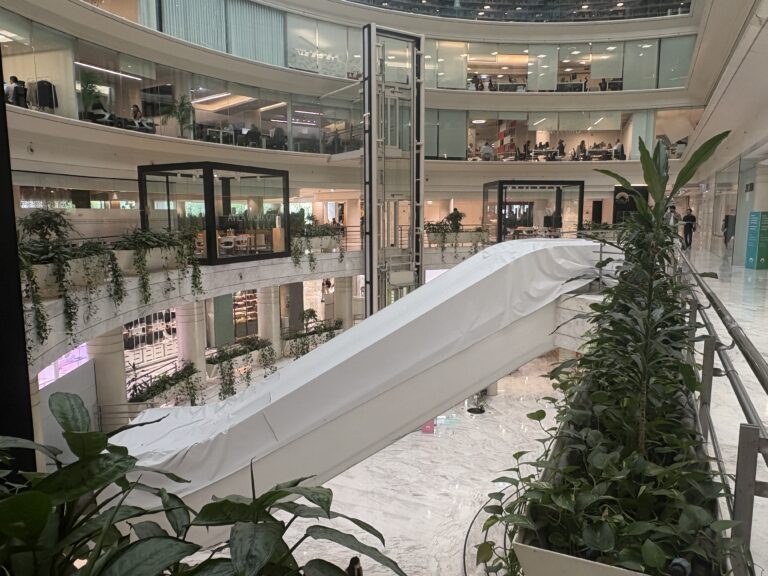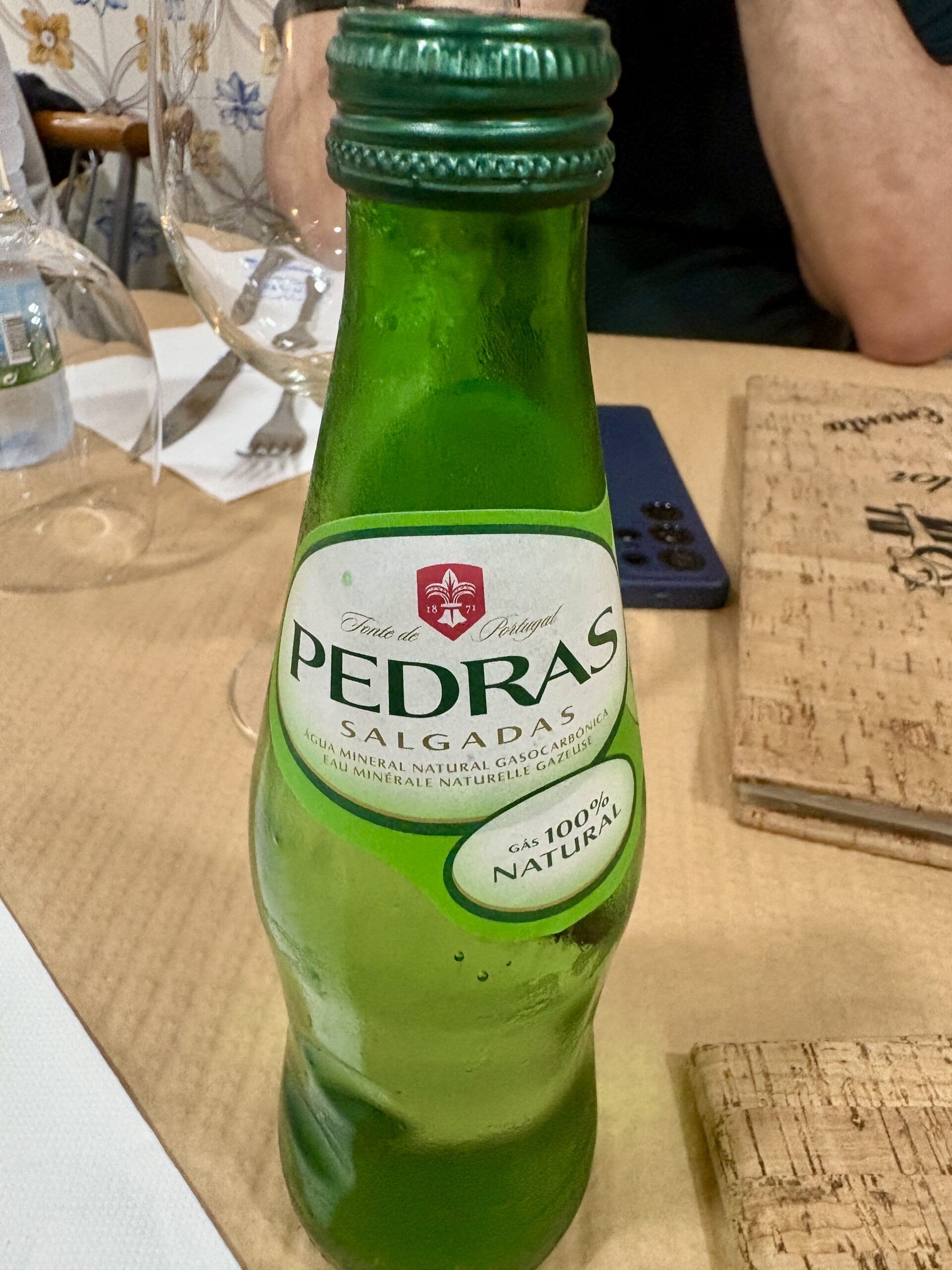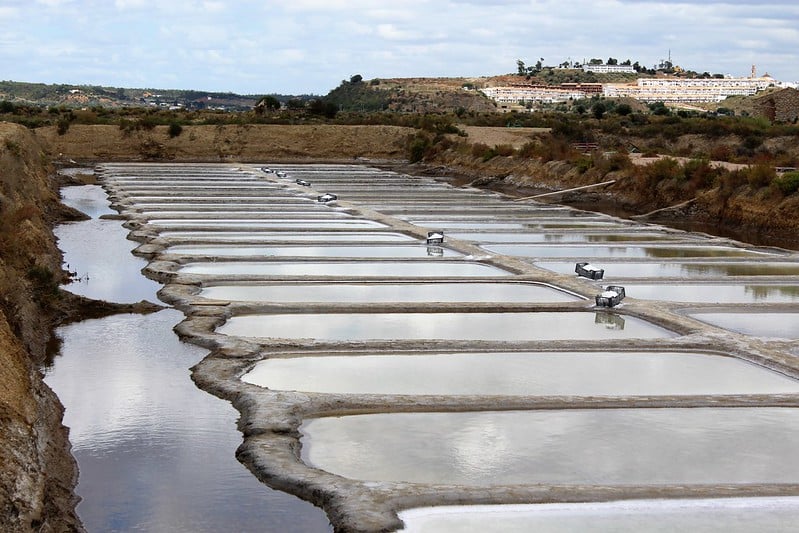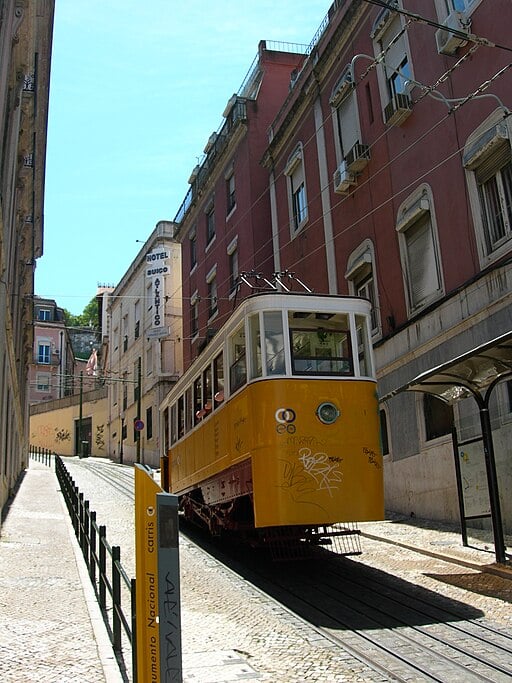Coming to Lisbon this October? Your timing couldn’t be better!
The city shines under warm autumn light, with sunny days, cooler evenings, and just the right amount of breeze off the Tagus. It’s the season when Lisbon feels both vibrant and relaxed: the smell of coffee fills the streets, people still gather (without too much of a chill in the air) to catch golden sunsets over the hills, and the cultural calendar is bursting with surprises.
From music and film to food festivals and open-air celebrations, there’s no shortage of reasons to fall in love with the city this month! As such, here are 10 of the best events to attend in Lisbon in October 2025.
1. Japan: Festivities and Traditions
When: October 1-31, 2025
Where: Museu do Oriente, Doca de Alcântara Norte, Av. Brasília 352
How much: From €8
Ever wondered how Japan celebrates the New Year or honors fertility rituals that date back centuries?
This immersive exhibition at the Museu do Oriente takes you straight to the heart of Japanese tradition. It features over 1,500 objects ranging from altars and statuettes to detailed recreations of cult spaces. It’s a fascinating blend of Shinto, Buddhist, and Christian influences, all under one roof.
This is perfect for culture lovers looking to spend a few hours exploring a world of rituals and celebrations without leaving Lisbon.
2. Deconstructing Colonialism, Decolonizing the Imaginary
When: October 1-31, 2025
Where: National Museum of Ethnology, Avenida Ilha da Madeira
How much: To be confirmed
How do you confront history while opening space for new perspectives? That’s exactly what this exhibition at the National Museum of Ethnology sets out to do.
Conceived by historian Isabel Castro Henriques and a team of researchers, it explores Portuguese colonialism in Africa during the 19th and 20th centuries, challenging the myths created by colonial ideology.
The exhibition unfolds along two axes: thematic panels that trace colonial history through text and image and a selection of 139 African works of art that give voice to diverse cultures and perspectives. With film screenings, talks, and a travelling program, it’s a rare opportunity to reflect on Portugal’s past and its legacy today!
3. The CHPR Collection in Dialogue
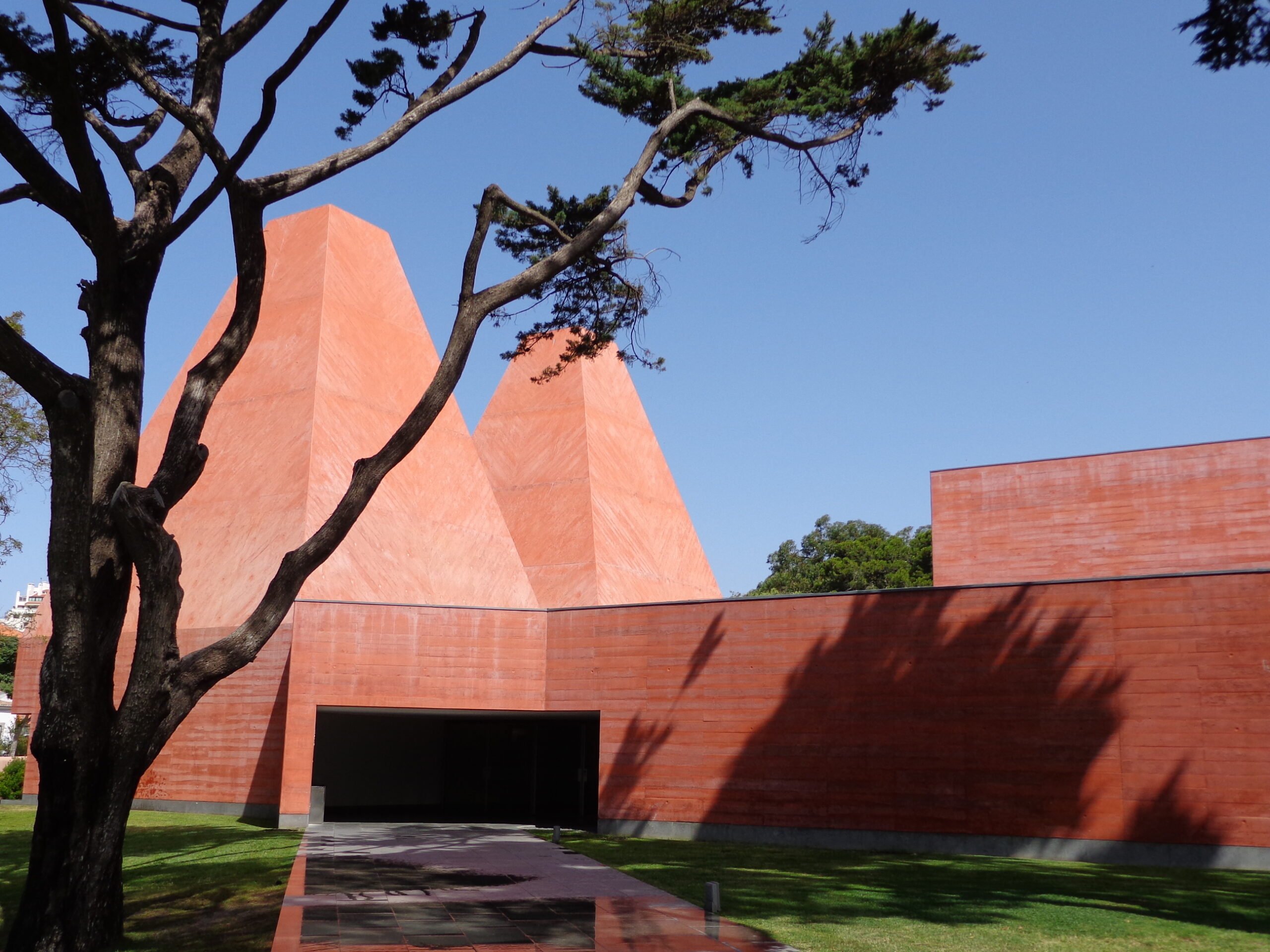
When: October 1-26, 2025
Where: Casa das Histórias Paula Rego, Av. da República 300, Cascais
How much: From €5
Fifteen years ago, the striking red Casa das Histórias Paula Rego opened in Cascais. It quickly became a landmark dedicated to Portugal’s most celebrated contemporary artist. To mark this anniversary, the museum presents The CHPR Collection in Dialogue, an exhibition showcasing key works while sparking new conversations around Paula Rego’s bold, imaginative world.
Internationally acclaimed for her story-like paintings that weave fairy-tale imagery with sharp social commentary, Rego’s art both challenges and enchants. This exhibition doesn’t just celebrate her legacy; it highlights how her work continues to resonate today. So, whether you’re discovering Rego for the first time or revisiting her brilliance, it’s a rare opportunity to explore her vision in the very museum created to honor her.
4. Vivienne Westwood: O Salto da Tigresa
When: October 1-12, 2025
Where: MUDE – Museu do Design, R. Augusta 24
How much: To be confirmed
Few designers have left a mark on fashion history quite like Vivienne Westwood. Known as the “queen of punk” and a constant provocateur, she combined rebellion with a deep love of history, pulling from the 18th century to the raw street fashion of the 1970s.
O Salto da Tigresa, inspired by philosopher Walter Benjamin’s concept of “The Tiger’s Leap,” brings together around 50 pieces, including clothing, accessories, illustrations, and photography.
You’ll discover how Westwood subverted symbols of British culture, reimagined traditional tailoring, and infused historical references into bold, avant-garde designs. The exhibition captures both her playfulness and her razor-sharp critique of convention – from opulent brocade silks to punk-era statements.
In short, it’s a must-see for anyone passionate about fashion, art, or cultural identity.
5. BoCA – Biennial of Contemporary Arts 2025
When: October 1-26, 2025
Where: Various locations in Lisbon, including Teatro do Bairro Alto, Museu Nacional de Arte Contemporânea do Chiado, Cinemateca Portuguesa, Sociedade Nacional de Belas Artes, Centro Cultural de Belém, and Teatro Nacional D. Maria II
How much: Ticket prices vary
Ready to see Lisbon transform into a stage where boundaries between art forms dissolve? That’s the spirit of BoCA 2025, returning for its 5th edition with an ambitious program that blurs the lines between visual arts, performance, music, film, and even science. This year’s theme, Camino Irreal, goes beyond tourist maps and official guides. Instead, it creates a path that pulses with artistic resistance and reinvention.
What makes this edition truly unique is its cross-border collaboration: Lisbon and Madrid host a shared program and turn the biennial into a bridge between two cultural capitals. With projects spread across some of Lisbon’s most iconic venues, expect a journey of experimentation and surprise at every turn. All in all, for art lovers who crave the unexpected, BoCA is one of the season’s absolute highlights!
6. ModaLisboa – Lisbon Fashion Week 2025
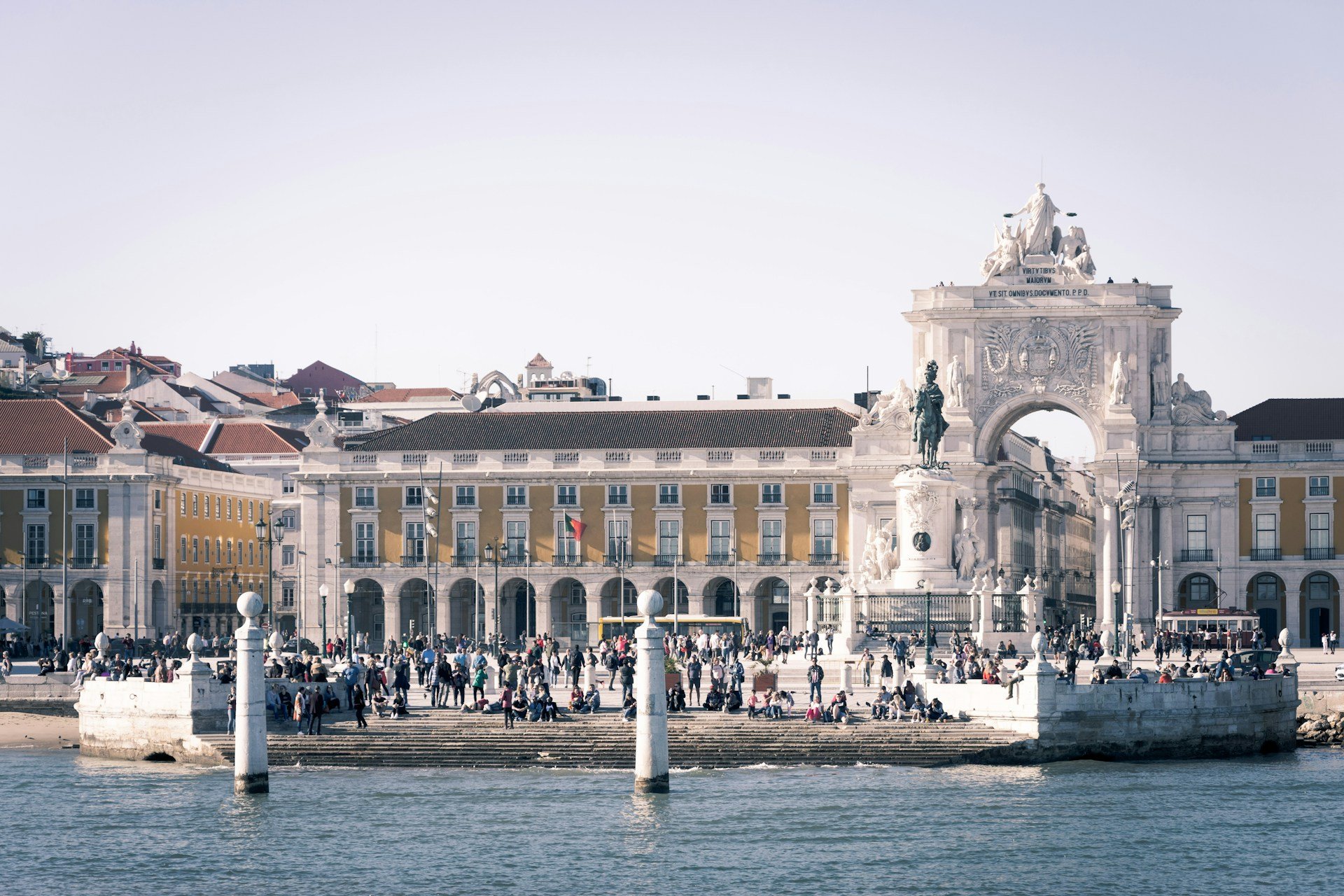
When: October 1-5, 2025
Where: Pátio da Galé, Praça do Comércio nº 10
How much: Reservation required
Lisbon turns into a runway this October as ModaLisboa returns with its dazzling mix of creativity, boldness, and style. Since its launch in 1991, this event has been the heartbeat of Portuguese fashion, giving designers a professional stage to present their collections and shaping Lisbon’s international image as a fashion-forward capital.
Across five days, the city welcomes designers, brands, models, and journalists for a vibrant showcase of Spring/Summer trends that balance innovation with tradition. In short, expect audacious silhouettes, surprising fabrics, and an atmosphere that feels both festive and cutting-edge! And don’t underestimate its popularity. Tens of thousands of visitors come here every year…not just for the fashion, but for the energy that comes with seeing Portugal’s creative spirit take center stage.
So, if you want to witness Lisbon at its most glamorous, ModaLisboa is your front-row ticket!
7. French Film Festival 2025
When: October 2-12, 2025
Where: Various venues in Lisbon, including Cinema São Jorge (Av. da Liberdade 175, 1250-141 Lisboa) and Cinemateca Portuguesa (R. Barata Salgueiro 39)
How much: Ticket prices vary
Et voilà! The French Film Festival returns to Lisbon this October, filling cinemas across the city with the very best of French movies from long-awaited premieres to animated features and timeless classics! Without a doubt, the festival is a true celebration of storytelling on the big screen.
This event is definitely for every movie lover, whether you’re a fan of cutting-edge contemporary productions or curious to rediscover cinematic gems from the past. Plus, the screenings take place in iconic venues like Cinema São Jorge and the Cinemateca Portuguesa, so the experience is also about the atmosphere.
Ultimately, if you’re looking for a cozy autumn escape into the world of French culture while also exploring some of Lisbon’s most iconic cinematic venues, this festival is a perfect pick!
8. Lisbon Marathon 2025
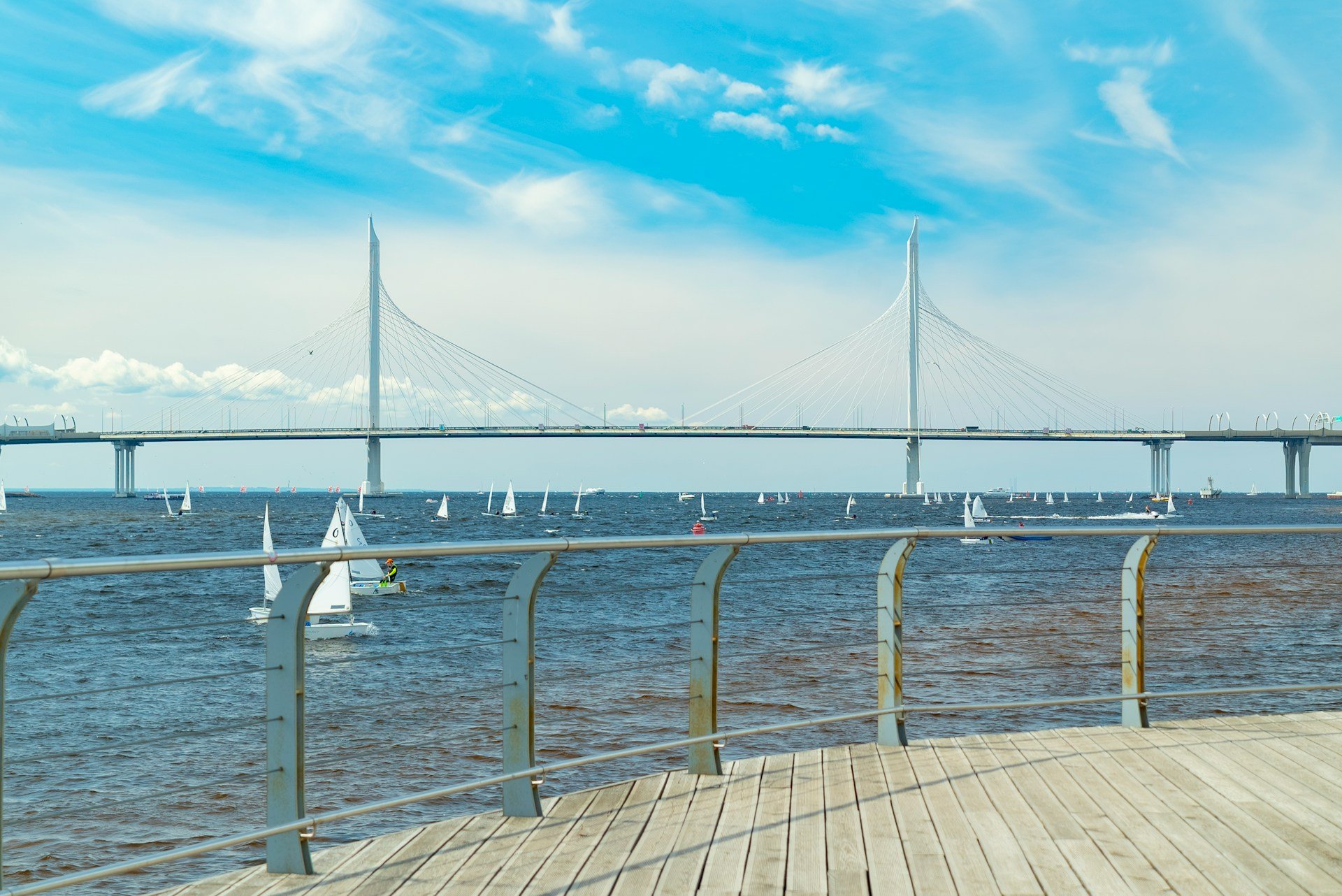
When: October 25, 2025
Where: Starting points include Carcavelos, Vasco da Gama Bridge, and Parque das Nações
How much: Registration required (prices vary by race)
Ready to take on one of the world’s most scenic races? The Lisbon Marathon has been praised by Forbes, Huffington Post, and American Express as being one the most beautiful on the planet, and it’s quite easy to see why. The 42-km course begins in Carcavelos, continues along the Atlantic, and ends at the iconic Praça do Comércio.
Not up for the full marathon? The half marathon starts on the Vasco da Gama Bridge and offers a 21-km run into the city with sweeping views! There’s also an 8K mini marathon and “New Generation” races open to all ages!
9. Doclisboa – International Documentary Film Festival 2025
When: October 16-26, 2025
Where: Various venues in Lisbon
How much: Ticket prices vary
If you love stories rooted in reality, Doclisboa is the festival you can’t miss. Entirely dedicated to documentaries, it shines a spotlight on the very best of national and international productions from hard-hitting investigations to poetic portraits of everyday life. Every October, it turns Lisbon’s cinemas into meeting points for filmmakers, critics, and curious viewers eager to see the world through a different lens.
Expect premieres of standout films from the past season, as well as non-competitive programs and a retrospective of an internationally acclaimed director. With many titles screened for the first time in Portugal, Doclisboa is a chance to explore the reality of the world without leaving your seat.
10. Lisbon Architecture Triennale 2025 – How Heavy is a City?
When: October 2-31, 2025
Where: Various venues across Lisbon (details to be announced)
How much: Ticket prices vary
How do we measure a city? By its buildings, its people, or the weight of its impact on the planet? That’s the central question of the 7th Lisbon Architecture Triennale, How Heavy is a City? This edition opens a space designed for debate, speculation, and imagination, inviting us to rethink how architecture shapes our shared future.
Curated by Ann-Sofi Rönnskog and John Palmesino of the Territorial Agency, the Triennale unfolds through three research lines: Fluxes, Spectres, and Lighter, each resulting in an exhibition, book chapter, and talks. Scientists, philosophers, and artists join architects to explore the transformations of the Anthropocene and emerging forms of cooperation.

